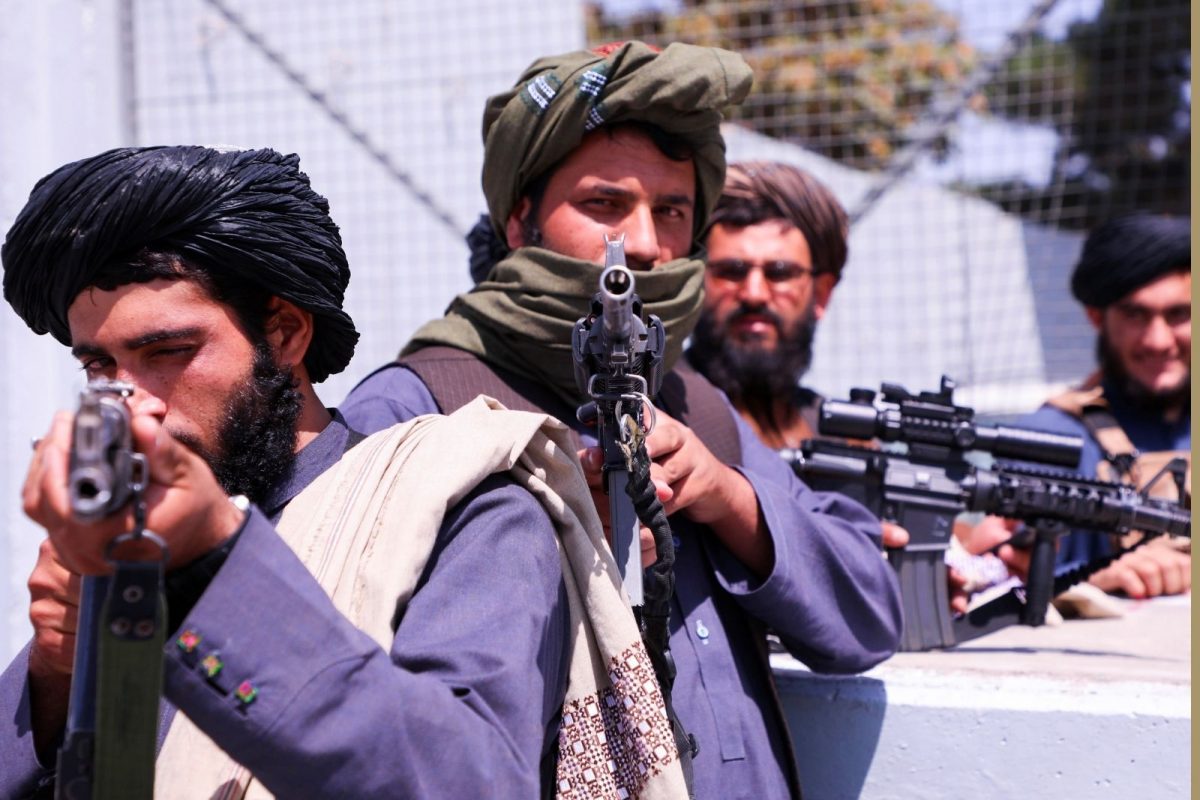(UPDATE) THE five-day bilateral maritime exercises with the Royal Australian Navy that ended on Saturday have equipped Philippine Navy (PN) personnel with the knowledge and skill to handle ships with anti-submarine capabilities, such as the one purchased by the government and which is expected to arrive soon, to beef up security in the West Philippine Sea.
The 23rd iteration of Exercise Lumbas 2023 that began on July 18 saw around 100 PN personnel aboard BRP (Ship of the Republic of the Philippines) Conrado Yap train in anti-submarine warfare alongside at least 191 of their Australian counterparts onboard HMAS (His Majesty’s Australian Ship) Anzac.
The drills held off Northern Luzon were designed primarily to enhance the maritime security capabilities of both countries.
At the conclusion of the exercises, the two vessels arrived on the same day at the Naval Operating Base in Subic, Zambales, after conducting a series of exercise serials at-sea.
Lt. Zachary Sinsuan, acting public affairs officer of the Naval Forces Northern Luzon (NFNL), said during their training in anti-submarine warfare, the two navies and their ships utilized a realistic dynamic submarine track to enhance fleet operators’ Expandable Mobile Anti-Submarine Warfare Training Target tracking and localization skills.
Get the latest news
delivered to your inbox
Sign up for The Manila Times newsletters
By signing up with an email address, I acknowledge that I have read and agree to the Terms of Service and Privacy Policy.
They also performed replenishment-at-sea approaches to support afloat vessels. Cross-deck landings were conducted by both navies, allowing their aircraft to land on each other’s ships for refueling or resource sharing, said Sinsuan.
Furthermore, maritime interdiction operation exercises were conducted by the two navies, simulating engagements with an enemy vessel where combatants were inserted to attack and seize control.
BRP Waray served as the vessel of interest, providing scenarios for the two participating ships to practice tactics and procedures.
The objective of this particular exercise is to board and overpower enemy personnel, as well as capture, sabotage or destroy the enemy vessel, Sinsuan said.
Additionally, surface warfare exercises, along with Night Steaming in Company and photo exercises, were conducted by both navies to enhance proficiency in core mariner skills, uphold professional standards, ensure safety and improve communication.
Commodore Francisco Tagamolila Jr., NFNL commander and the officer who conducted the exercises, highlighted the importance of the drills, particularly with the expanding role of the Philippine Navy.
“We need to exchange ideas. We need to have SMEE [subject matter expert exchanges] with other navies to make sure that our doctrines and capabilities are updated,” Commodore Tagamolila, who oversaw the exercises, said.
He noted, in particular, the robust military ties between the Philippines and its longtime ally Australia.
In 1995, the two countries signed a Memorandum of Understanding (MoU) on Cooperative Defense Activities, laying the foundation for the Joint Defense Cooperation Committee (JDCC) to provide policy direction, coordinate and monitor MoU activities.
A Status of Visiting Forces Agreement (SoVFA) between the two countries was entered into in September 2012 to provide a comprehensive legal and operational framework for defense cooperation. The SoVFA was instrumental in 2013 during Operation Philippine Assist, Australia’s response to Typhoon “Haiyan” (“Yolanda”) to facilitate the rapid deployment of medical assistance, humanitarian support, and reconstruction support involving over 500 service personnel, numerous aircraft, and the Landing Ship Heavy HMAS Tobruk.
In 2015, a comprehensive partnership was signed, and new bilateral initiatives were developed. The most significant was the commencement of Navy-to-Navy strategic-level talks in March 2017, co-chaired by the Deputy Chief of the Royal Australian Navy and the Vice Commander of the Philippine Navy.
Acting Australian Deputy Ambassador to the Philippines James Yeomans described Exercise Lumbas 2023 as another testament to how both countries are working to uphold international law as “strategic partners” and “good friends.”
Yeomans said Lumbas is a perfect example of the Philippines and Australia “working together to address the common challenges.
He said it also typifies the “steadfast” support of Australia for the arbitration ruling that rejected China’s sweeping claims in the South China Sea.
The current phase of the Armed Forces of the Philippines’ modernization program, or Horizon 3, is primarily focused on the acquisition of equipment for its navy.
Currently, the PN has seven operational commands: Naval Forces Northern Luzon, Southern Luzon, Central, West, Western Mindanao, Eastern Mindanao and Fleet-Marine Ready Force. It also has 14 support and command units.
The Navy currently has a total strength of around 27,000 officers, enlisted personnel and candidate soldiers, supported by roughly 1,500 civilian employees.
Note: This article have been indexed to our site. We do not claim legitimacy, ownership or copyright of any of the content above. To see the article at original source Click Here








/cloudfront-us-east-2.images.arcpublishing.com/reuters/VD56KPSVVJLPNDLC6FYANSNYFI.jpg)




